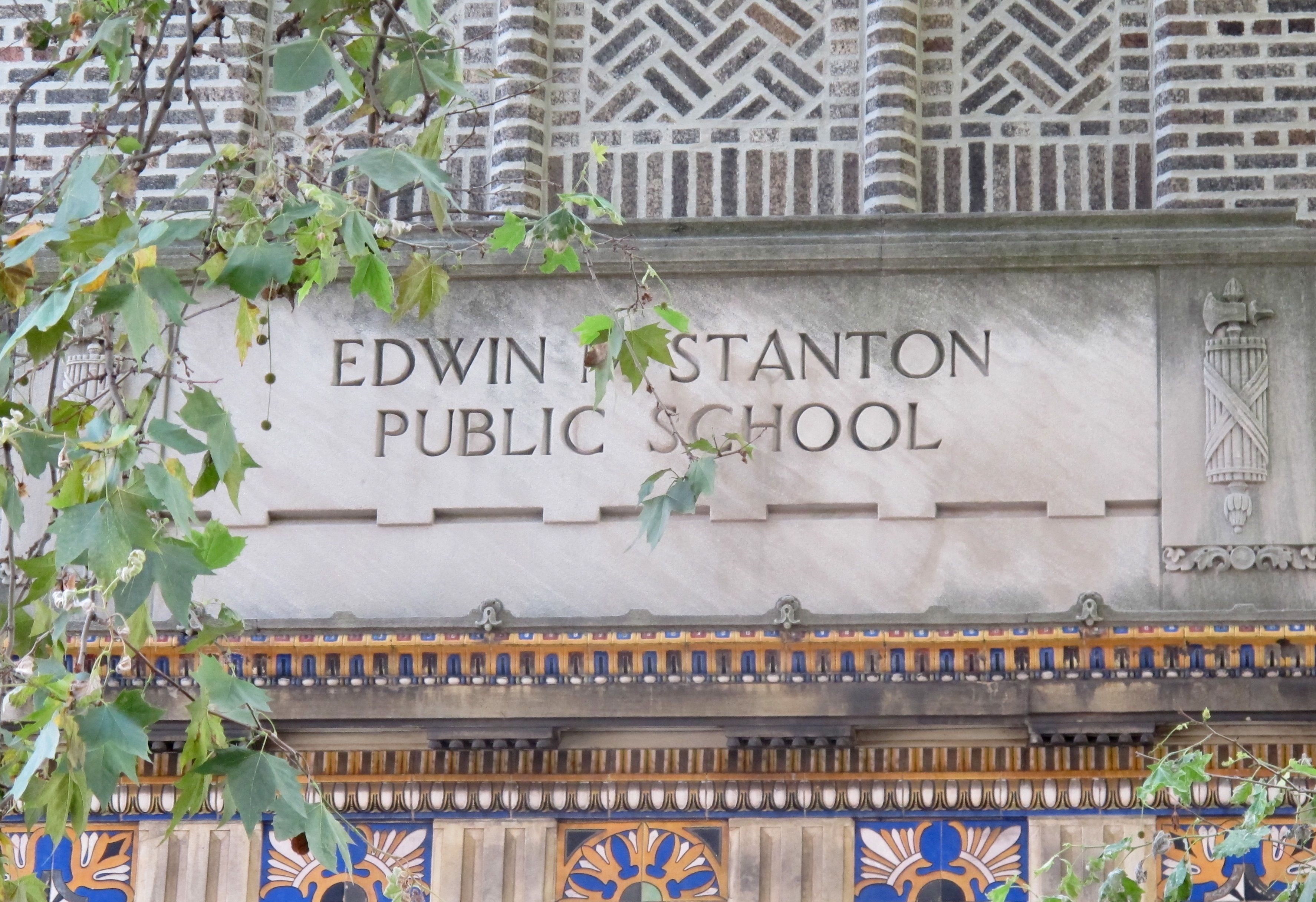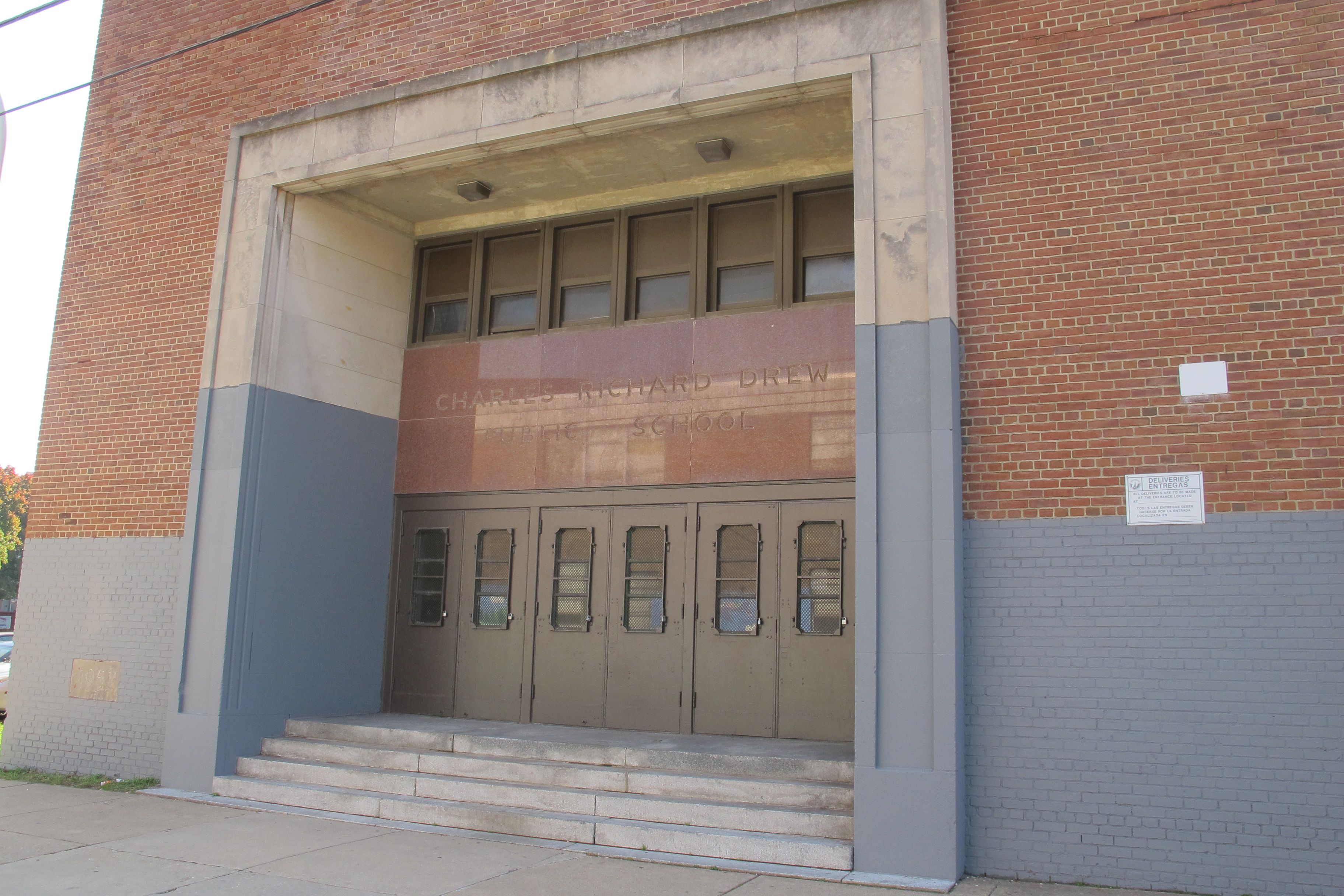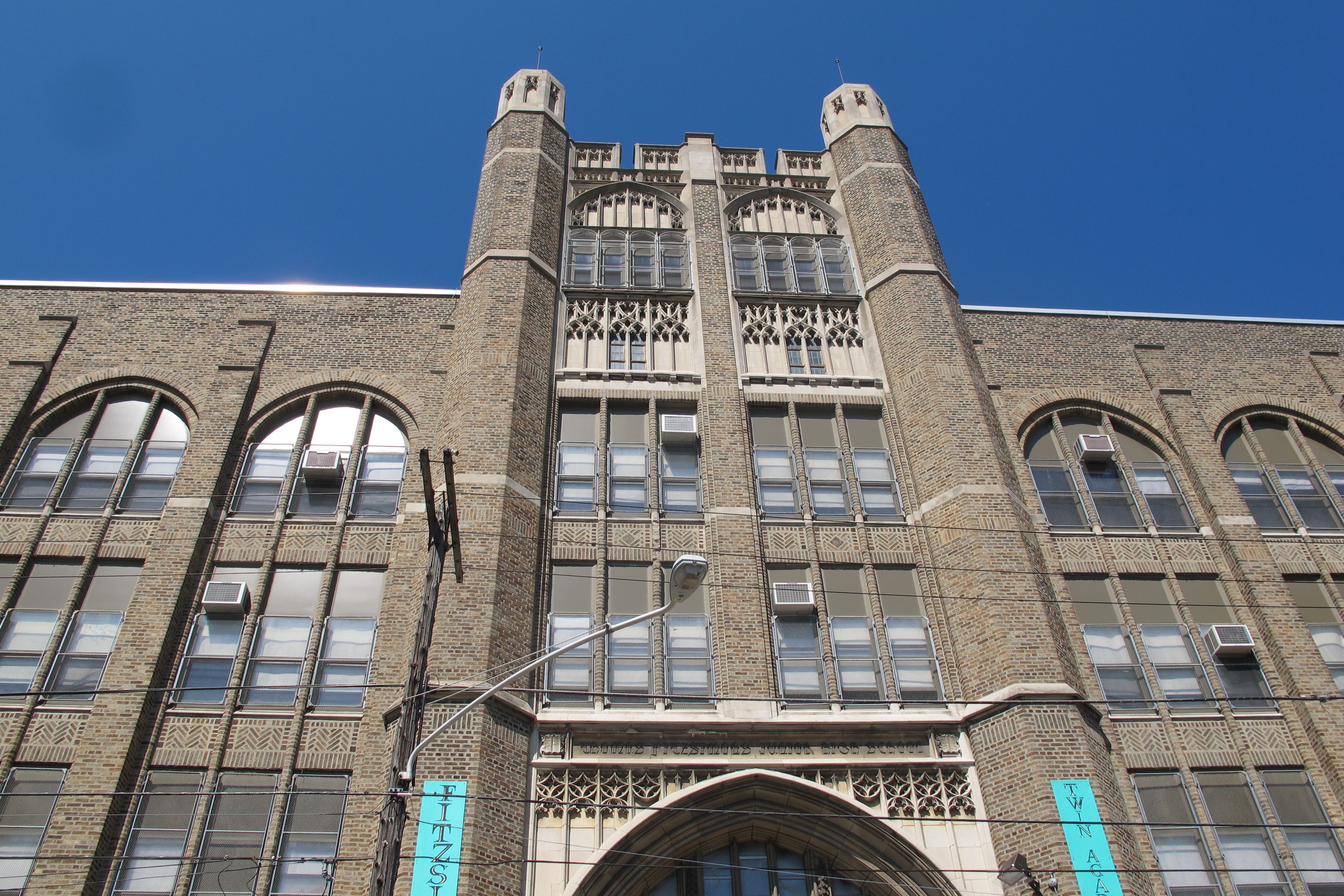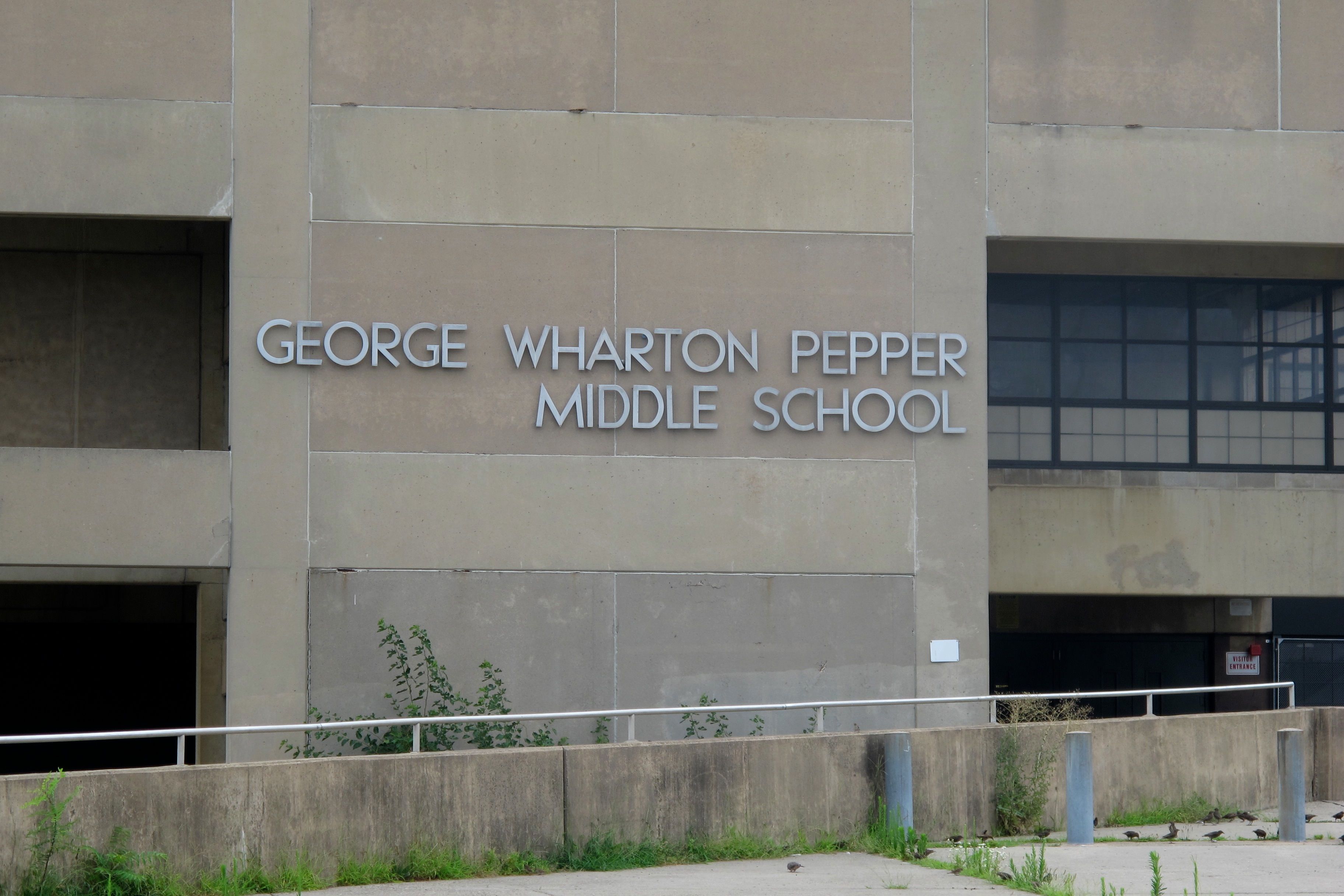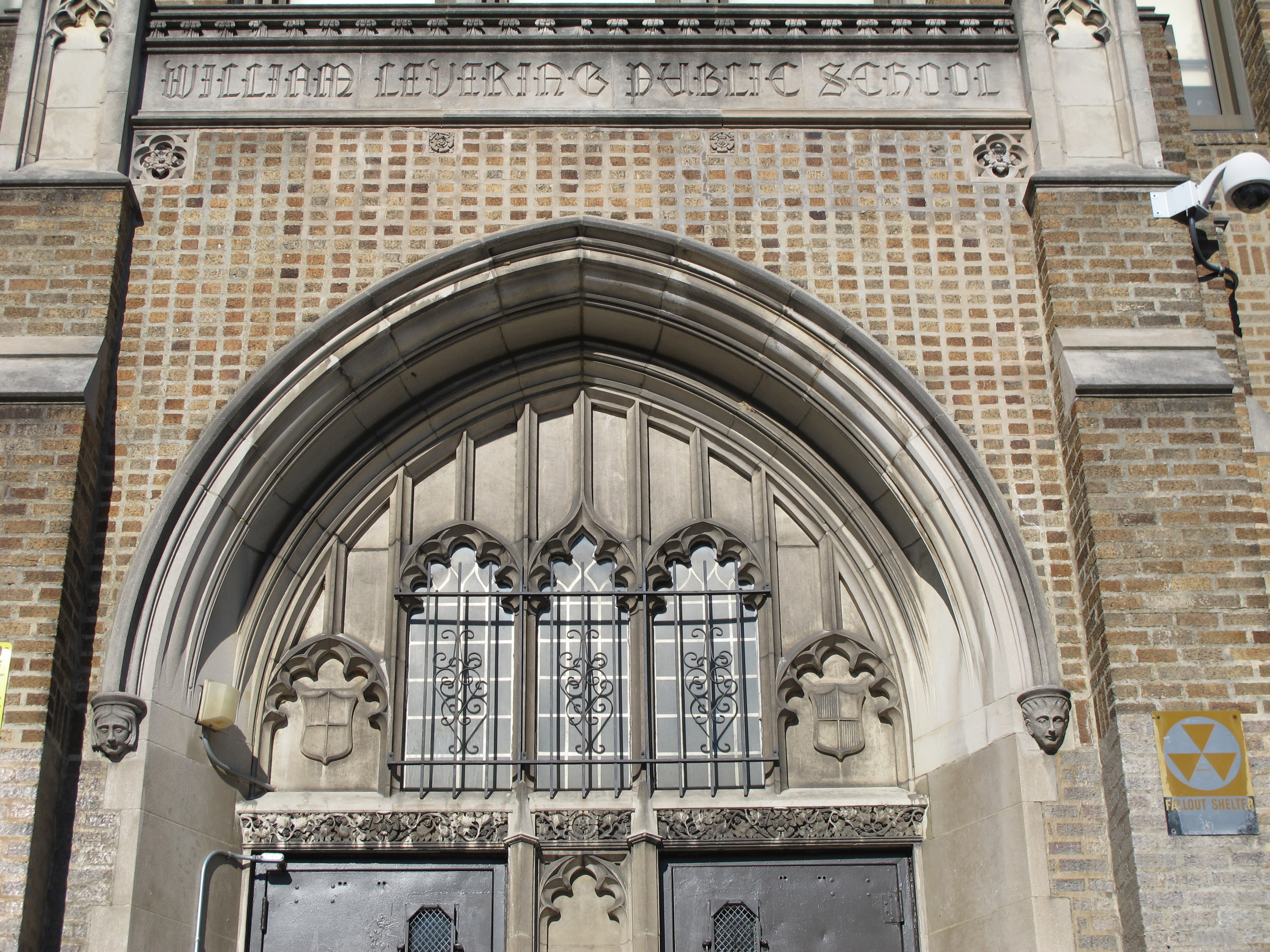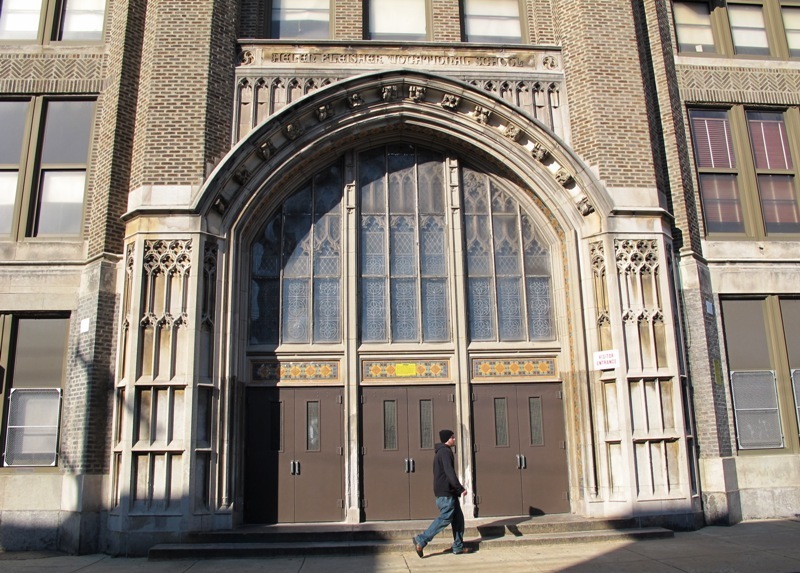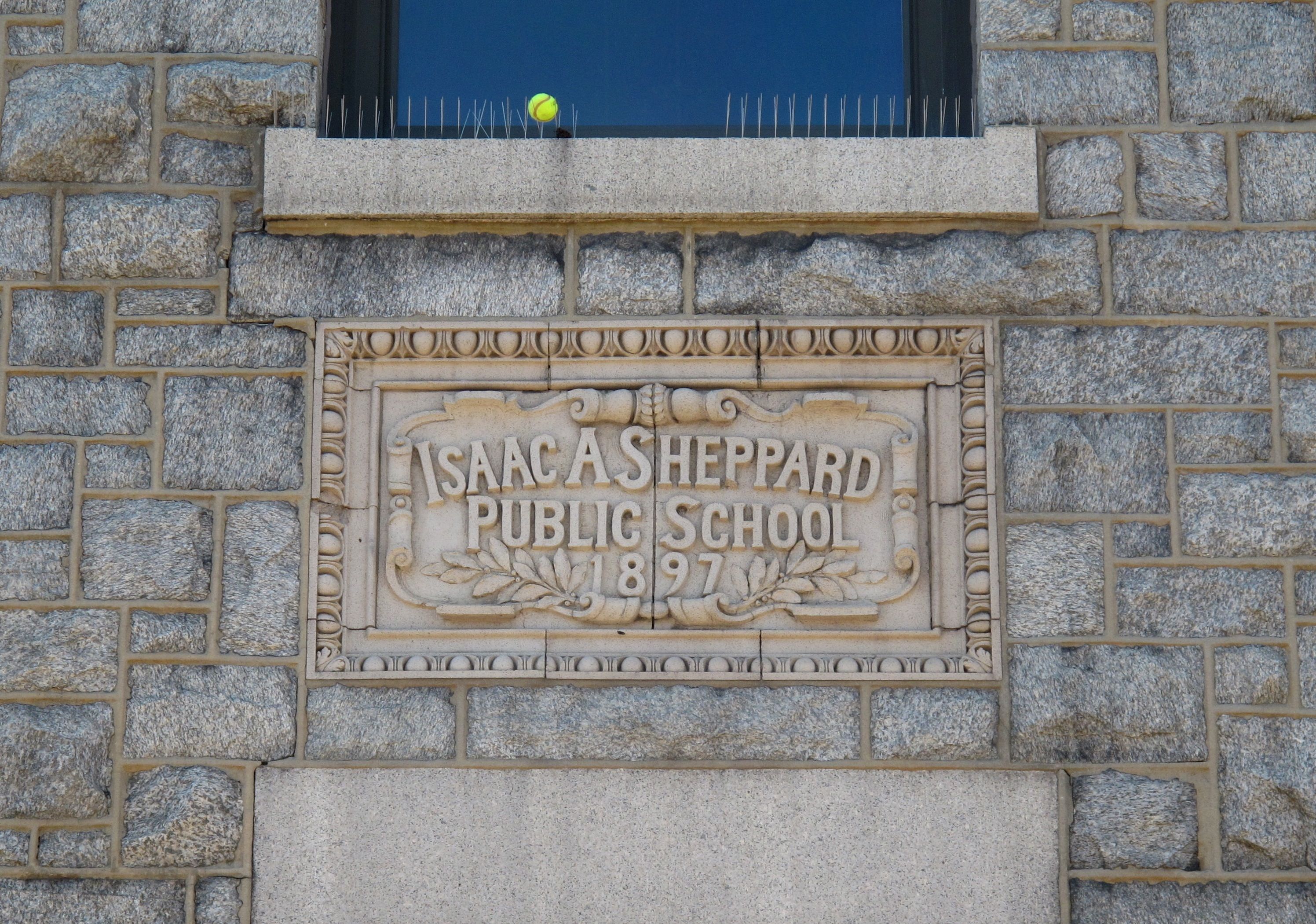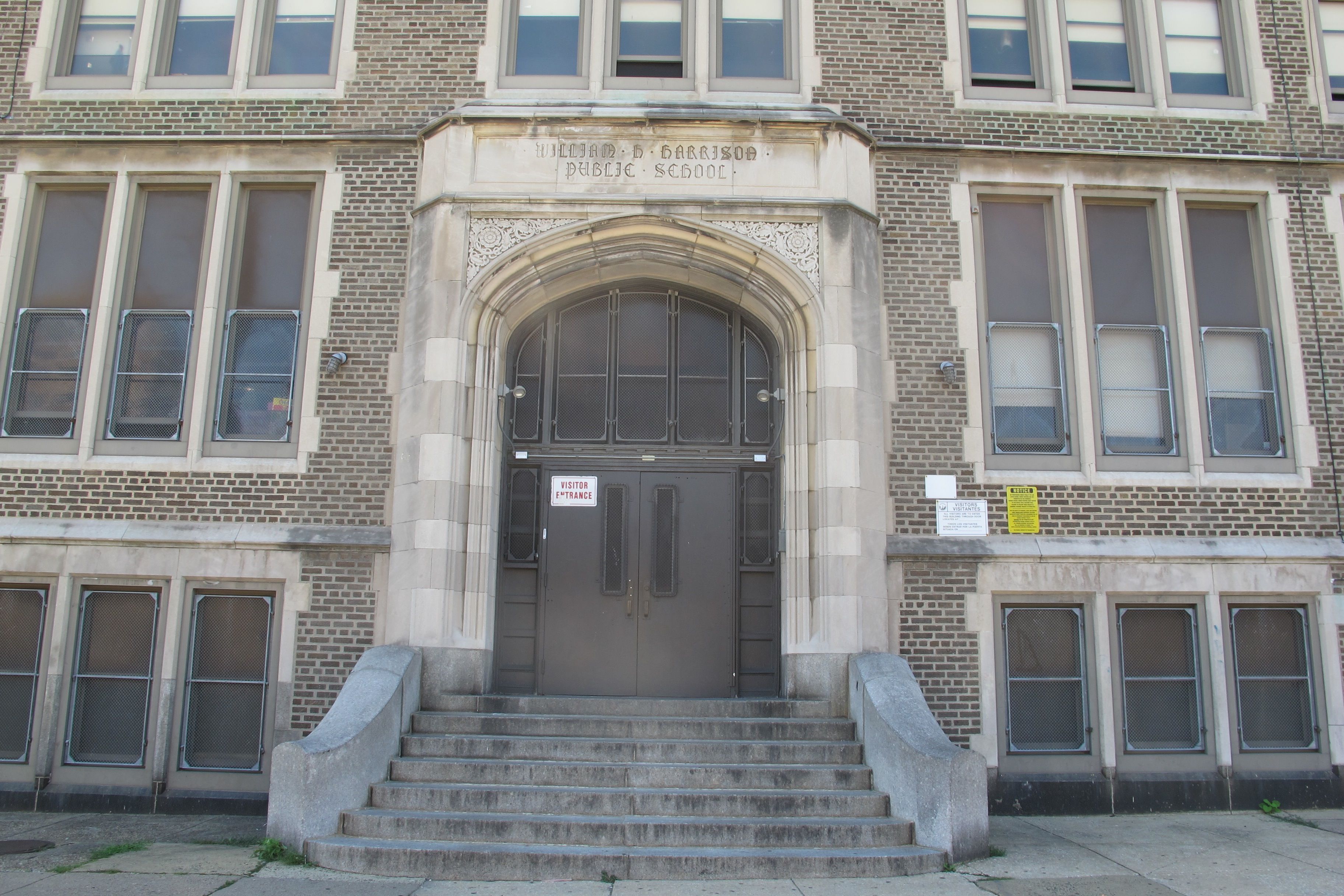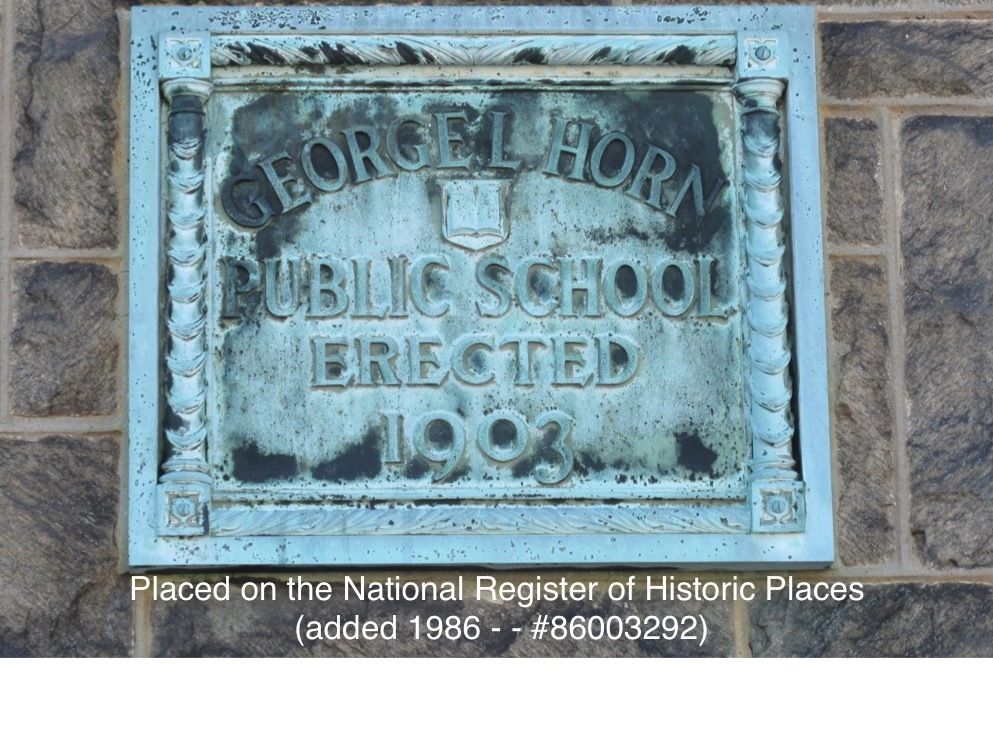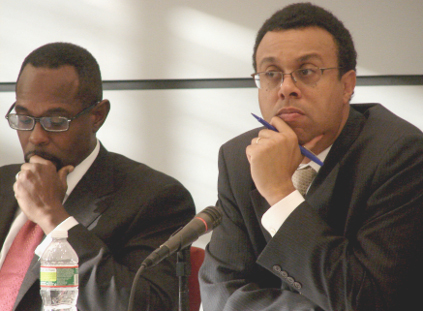Did school district’s facilities action pass the political smell test?
For months, the city’s political leaders had braced themselves for the storm of criticism and controversy they were sure to endure once the School District of Philadelphia finally released the gory details of its years-in-the-works facilities master plan.
Like almost everyone else, they expected this week to hear that dozens of city schools were on the chopping block.
And like most everyone else, they were wrong. The dramatically-scaled back facilities plan submitted by district leaders to the School Reform Commission Wednesday evening proposes closing only nine schools over two years. About 2,242 students attend those schools, numbers that do not seem big enough to create the citywide disruption many anticipated.
Some political leaders, notably district council people who would likely bear the brunt of parent anger, were relieved.
But there were clear signs that others – including Mayor Nutter – were displeased to have been kept in the dark about the scaled-back plan despite much talk of renewed cooperation and communication between the district and the city. And there was criticism that the half-measures presented by the district this week ensure that the another round of closures would be required in the near future.
“This is not one and done,” acting schools superintendent Leroy Nunery acknowledged Wednesday.
But that was surprising and unwelcome news to many outside of the district’s executive offices, including members of the SRC and presumptive incoming SRC Chairman Pedro Ramos, who was nominated for the board by Gov. Tom Corbett and is awaiting confirmation by the state Senate.
“I was surprised that there weren’t more recommendations. It’s not clear to me why they intend to roll it out in phases. I believe the general advice out there is if you’re going to go through a process like this, you do it once, otherwise you’re in perpetual uncertainty,” Ramos said.
Veterans of the political arena, like Ramos, hold to the truism that it’s best to deliver bad news all at once, rather than letting it slowly drip out over months or years.
“It’s exactly the opposite of bold and courageous leadership. They need to rip the band aid off and instead they’re going to do it piecemeal over the next 10 years so there can be a fight every year over a different school,” said at-large City Councilman Bill Green, who has been one of the strongest advocates for eliminating under-used classrooms.
The Nutter administration was more measured in its response, but it was nonetheless clear the mayor was underwhelmed by the plan. Nutter SRC appointee Wendell E. Pritchett, the acting chairman, said at Wednesday’s meeting “we need to do more.” And Lori Shorr, Nutter’s appointed advisor to the School District, appeared skeptical at the session as well, asking Nunery if it wasn’t better to “rip off the band aid.”
Mayoral spokesman Mark McDonald said Nutter “shares the SRC’s concerns” about the district’s proposal.
Following Wednesday’s SRC meeting, Nunery said the district’s budget woes were one of the reasons he had recommended a scaled-down plan.
“Everybody’s right to say, ‘Do more,’” Nunery said. “It’s a matter of how much you can plan for in a budget-constrained system like ours.”
Just as notable as the apparent disagreement over the pacing of the facilities plan was the fact that the Nutter administration and Ramos were surprised by the district’s recommendations. Following Arlene Ackerman’s departure as superintendent in August, political players expected they would be kept in the loop on big decisions.
“This is a whole new ballgame,” Mayor Nutter said in October. “We will be much more actively engaged and involved.”
Apparently that has not been the case with the facilities plan.
In the days prior to Wednesday’s SRC meeting, the Nutter administration helped to round up influential co-signers – including among others Audrey F. Bronson, president of the Black Clergy of Philadelphia and Rob Wonderling, CEO of the Greater Philadelphia Chamber of Commerce – for an Inquirer op-ed article the administration helped to draft in support of the facilities master plan.
Administration officials almost surely would not have gone to such lengths had they known the closings would be this limited.
Likewise, Ramos said that he was not given any of the details until Wednesday morning, after the press had been given an embargoed preview of the plan.
Although Ramos, Nutter, and the SRC appeared to prefer a more ambitious and brisk approach to the district’s over-capacity problem, there is no clear evidence that faster is better when it comes to school closings, said Larry Eichel, project director of the Pew Charitable Trusts Philadelphia Research Initiative.
In a study of school closings in six cities, Pew found that the “go slow” approach is not unusual.
“The more typical route has been five this year, six the next, eight two years out,” Eichel said.
But going slow is no guarantee the public will accept the decisions, Eichel warned, citing Chicago’s experience, where parent outrage led the state to step in with legislation governing future school closings in that city.
With the exception of Kansas City, Pew found that school closings reliably led to political discord, regardless of the closure pacing.
“It’s incredibly politically perilous to close schools,” Eichel said, citing Washington D.C. as an extreme case, where closures contributed to Mayor Adrian Fenty’s defeat in a re-election campaign and the departure of controversial schools chancellor Michele Rhee.
Perhaps mindful of that political downshide, district council members this week reacted favorably to the district’s go-slow approach. Unlike SRC members or the mayor, district council members represent specific neighborhoods, and thus tend to be more concerned about the welfare of specific communities as opposed to the city as a whole.
“I’m glad to see they’re slow-walking this,” said Councilwoman Jannie Blackwell, chair of council’s education committee. “We’re realistic, we understand that some schools might be closed, but we need to be included in those discussions, that’s the only way we’ll have peace. Nobody wants to feel like they’ve been victimized.”
Either by coincidence or design, the proposed closing that seems likely to generate the most controversy – E.M. Stanton in Southwest Center City – is represented by City Council President Anna Verna, who is retiring this January. That means it will likely be up to the Democratic nominee for that district, Kenyatta Johnson, to manage the mess as a relatively inexeperienced freshman council member.
Councilman Darrell Clarke, whose North Philadelphia is the single-hardest hit by closings in the current iteration of the facilities plan, was also a bit relieved that the plan was less ambitious than anticipated. But unlike Blackwell, who hopes to influence the process, Clarke went to lengths to stress that Council has no formal role in deciding which schools will ultimately close.
“The reality is we don’t have any ability to oppose closings beyond saying we oppose them. I don’t have any jurisdiction over what happens, and the problem with being engaged in the conversation is then the general public thinks that you make the call, when you really don’t,” Clarke said. “Ultimately, this is up to the district.”
Contact Patrick Kerkstra at pkerksra@planphilly.com or Twitter.com/pkerkstra
This interactive map, created by Michelle Schmitt in conjunction with PlanPhilly , shows schools affected by proposed facilities changes. The District proposed a package of school closings, grade reconfigurations, and other changes to reduce excess capacity in the District by 14,000 seats.
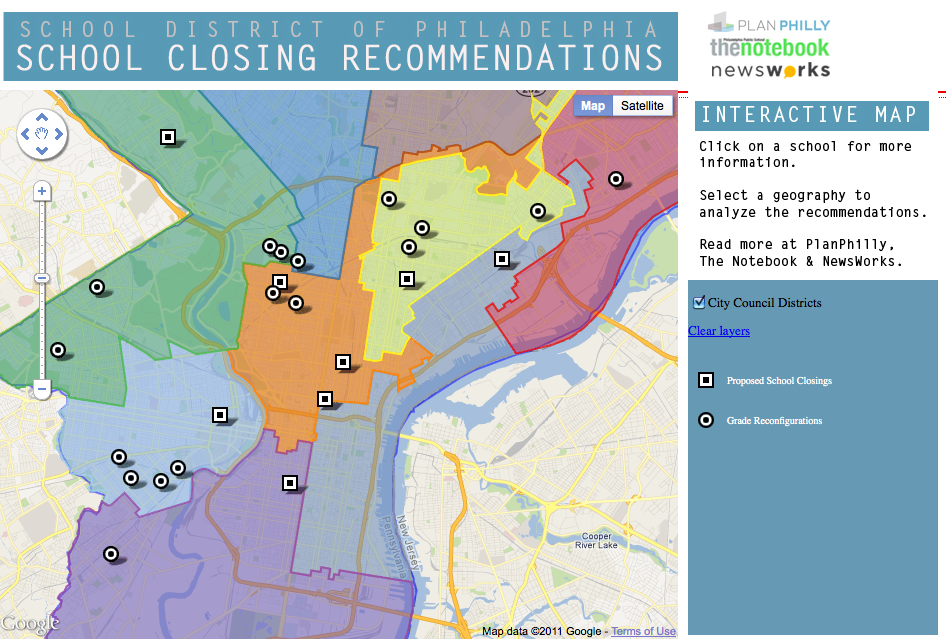
WHYY is your source for fact-based, in-depth journalism and information. As a nonprofit organization, we rely on financial support from readers like you. Please give today.



